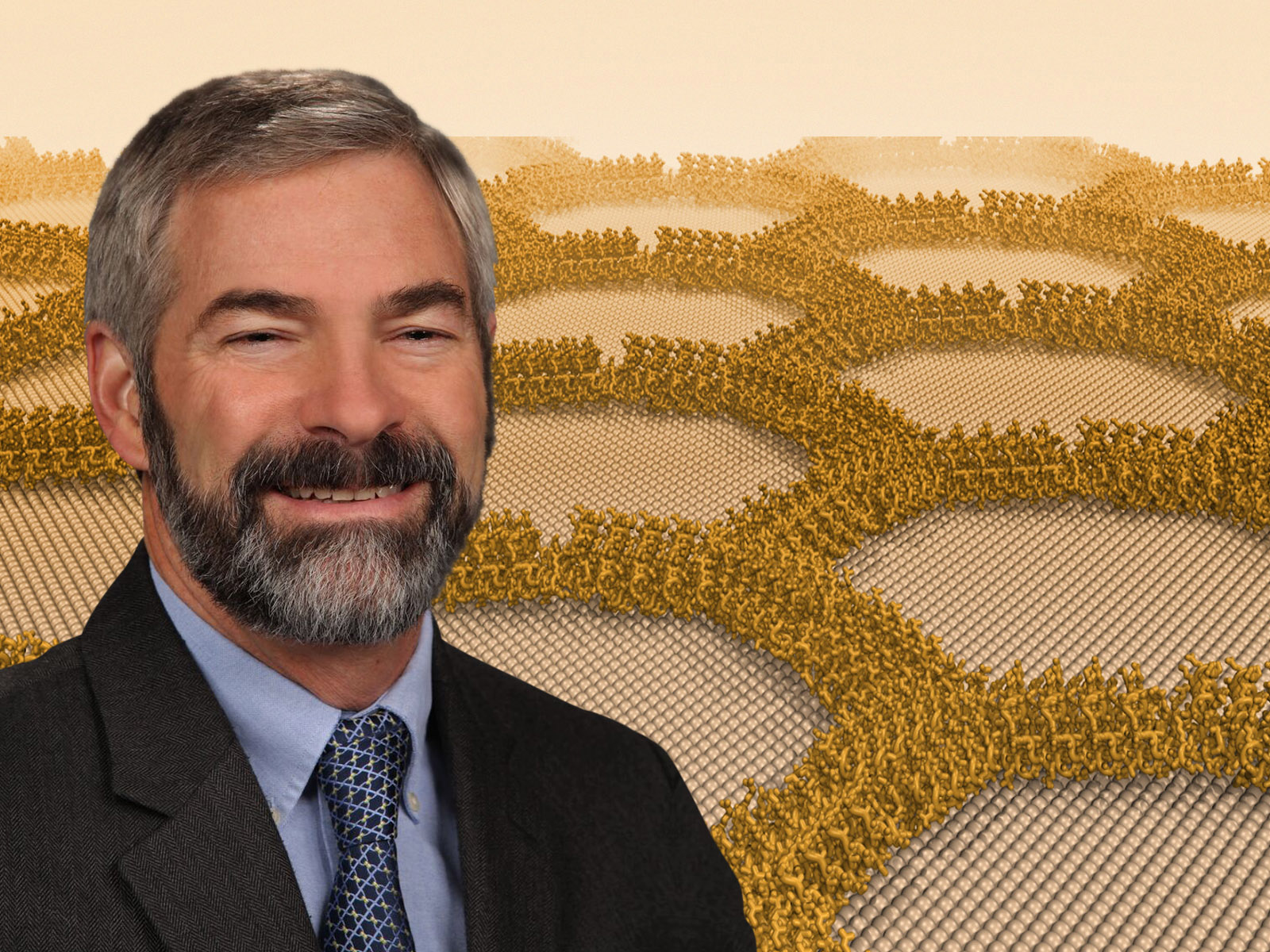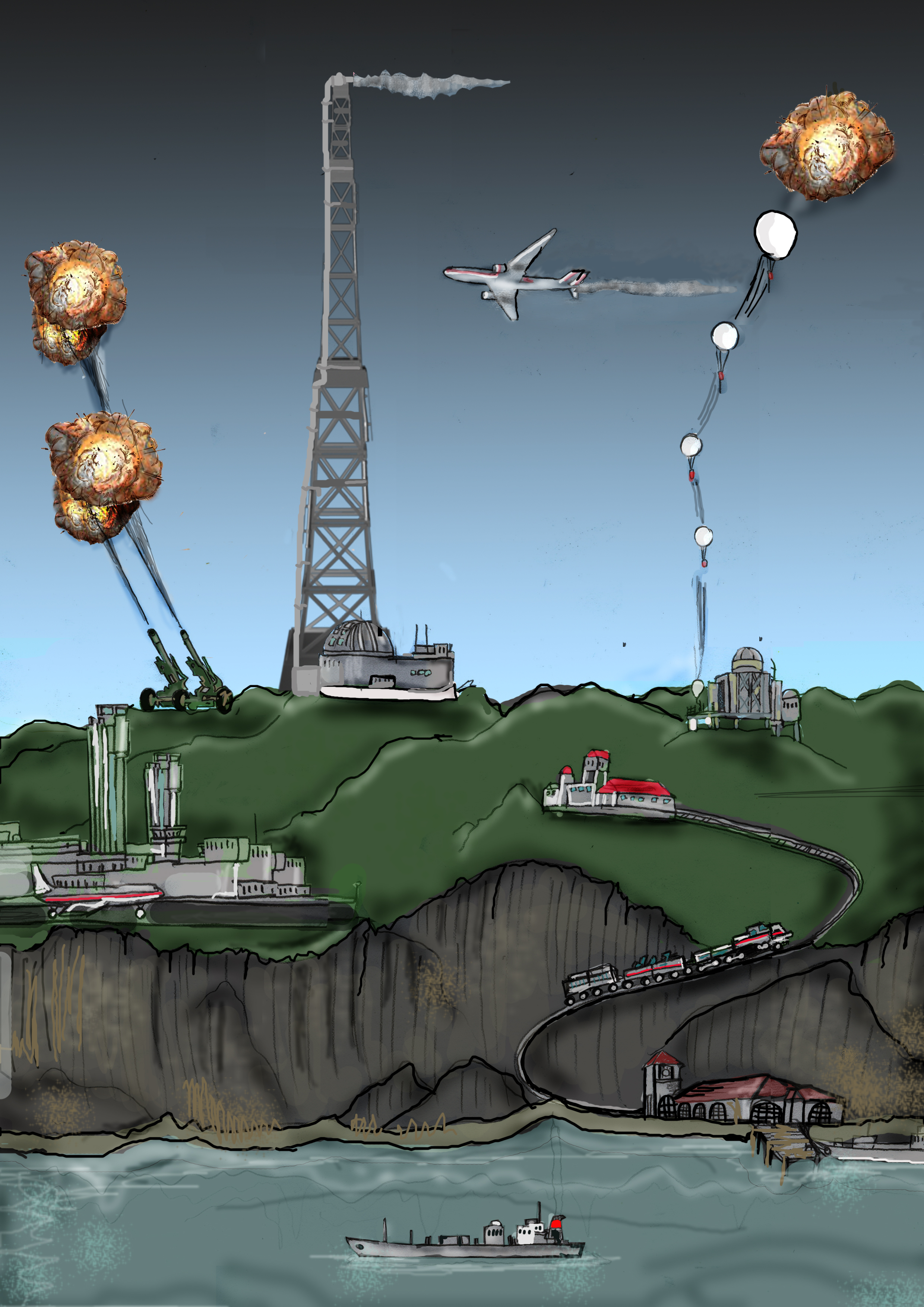Researchers representing 13 projects were recently awarded funding through the Facilities Integrating Collaborations for User Science (FICUS) program.
FICUS provides researchers with access to resources at multiple DOE user facilities through a single proposal. Awarded principal investigators and their research teams will receive access to instrumentation, resources, and expertise at the Environmental Molecular Sciences Laboratory (EMSL), Joint Genome Institute, and the Atmospheric Radiation Measurement user facility, which are Department of Energy (DOE), Office of Science Biological and Environmental Research program user facilities.


